Blueberries
Blueberry articles written by members of the Southern Region Small Fruit Consortium. More information on Blueberry crops.
-
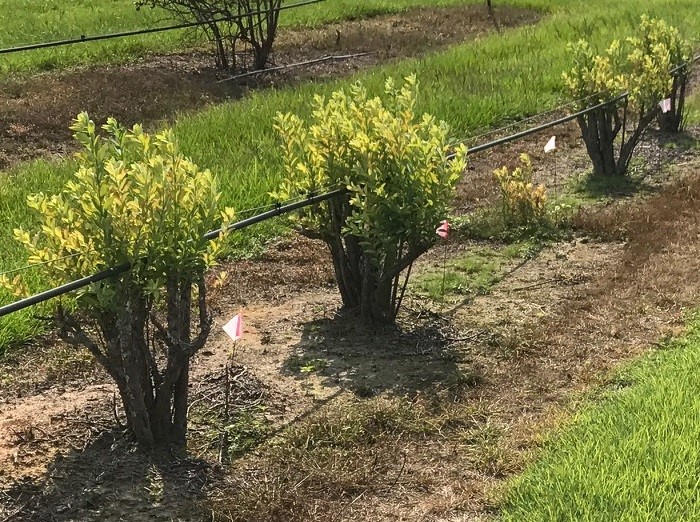
Rabbiteye blueberry bushes are relatively easy to grow and commonplace across Mississippi and the rest of the southeastern U.S.; however, if not properly maintained the bushes will decline over time.
Posted in: Fall 2022 -

Blueberry bushes are notorious for their strict soil requirements. The blueberry industry has relied on soil amendments to create ideal conditions for blueberry roots. Containers filled with soilless substrates are the latest tool growers have to achieve this purpose.
Posted in: Fall 2022 -
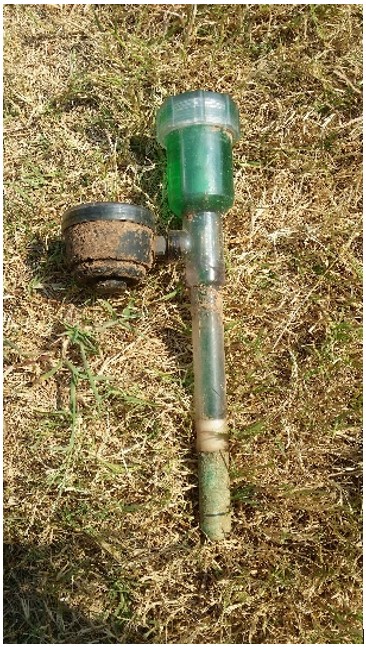
By Stacia L. Davis Conger, Ph.D., State Irrigation Specialist, LSU AgCenter Inherent to the southeastern United States, rainfall in hot-humid climates is highly variable in both frequency and duration. In Louisiana, historical rainfall averages 1,350 – 1,700 mm (53 – 67 inches) annually with most dry periods expected during the summer months (Sohoulande et al.,…
Posted in: Summer 2022 -
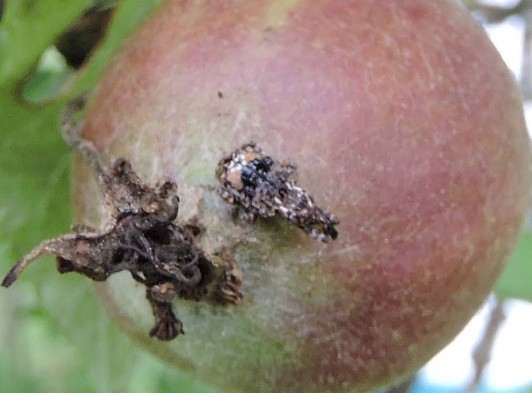
By Douglas G. Pfeiffer, Dept. Entomology, Virginia Tech, Blacksburg VA 24061 Usually thought of as apple, peach, cherry and plum pest but plum curculio also will attack blueberry, huckleberry, grape, and persimmon (Milholland & Meyer 1984). Plum curculio is one of the most potentially damaging pests on various hosts during the petal fall period. The…
Posted in: Summer 2022 -
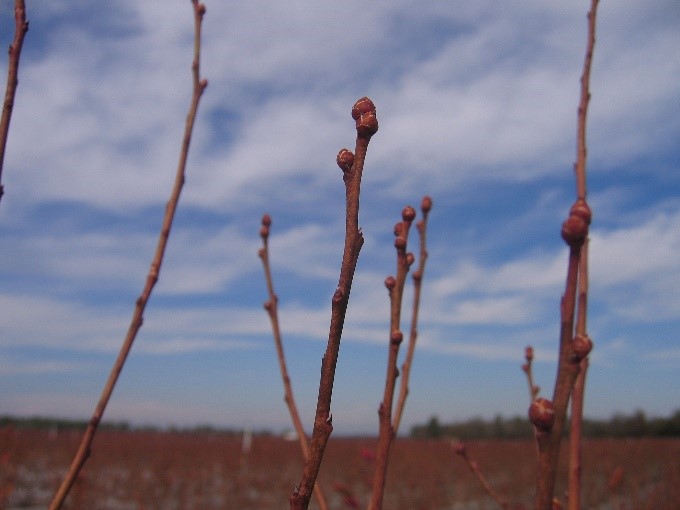
By Bill Cline, Entomology & Plant Pathology Department, NCSU (Revised 8dec21) Cultivated blueberries are upright, deciduous, woody perennials, forming multi-stemmed bushes with maximum unpruned heights varying from 6-8 feet (highbush, southern highbush) to 10-15 feet (rabbiteye). All cultivated species require annual pruning to manage bush height and shape. Pruning also prevents over-cropping, increases berry size,…
Posted in: Winter 2022 -

Kristin Woods, Ph.D.; Regional Extension Agent; Food Safety, Commercial Horticulture, Poultry; Alabama Cooperative Extension System; Auburn University Do you occasionally get questions about produce safety certifications and regulations, but don’t have time to take a multiday course? This free two hour course may be for you. The Small Fruit Certifications course provides Extension agents and…
Posted in: Summer 2021 -
By Elina Coneva, Extension Specialist, ACES, Auburn University Blueberries are a high value fruit crop that are becoming increasingly popular worldwide. Rabbiteye blueberries are historically an important commercial crop for Alabama, and many farms produce rabbiteye blueberries for sale in the fresh market either exclusively, or as a supplemental crop. Proper cultivar selection is one…
Posted in: Winter 2021 -
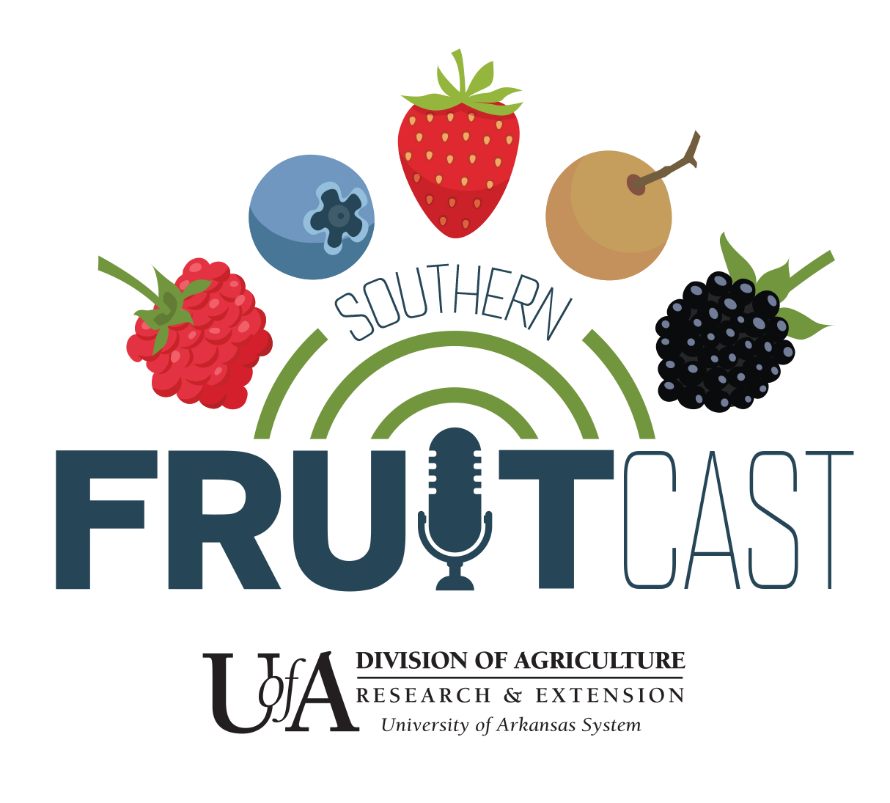
Dr. Aaron Cato, IPM Specialist, University of Arkansas The Southern Fruitcast is hosted by Aaron Cato and Amanda McWhirt, extension IPM and production specialists for fruits and vegetables at the University of Arkansas. This podcast aims to cover the people, technology and latest developments in small fruit production in the Southeast. These topics are covered…
Posted in: Fall 2020 -

Douglas G. Pfeiffer, Department of Entomology, Virginia Tech When the fruit are in, it is easy to think about putting the sprayer away. But sometimes there are insect issues that can be addressed in post-harvest, fall or winter periods. Let’s take up a few now. Grape In general, it is advisable to maintain healthy foliage as…
Posted in: Fall 2020 -

Rebecca A. Melanson, Extension Plant Pathologist, Mississippi State University, and Aaron Cato, IPM Specialist, University of Arkansas Diagnosis is the first step in pest management. It is first necessary to know the cause of a problem before appropriate management methods can be implemented. Management methods that do not accurately address the problem at hand can…
Posted in: Fall 2020